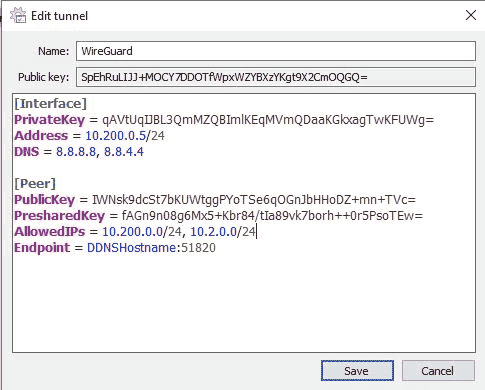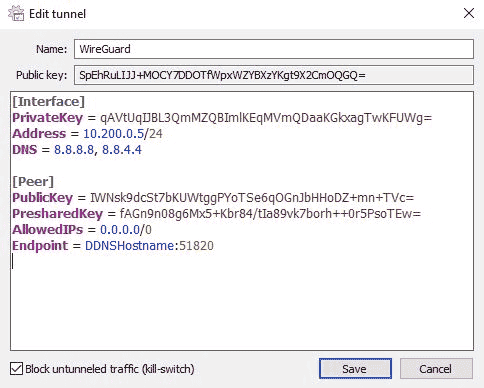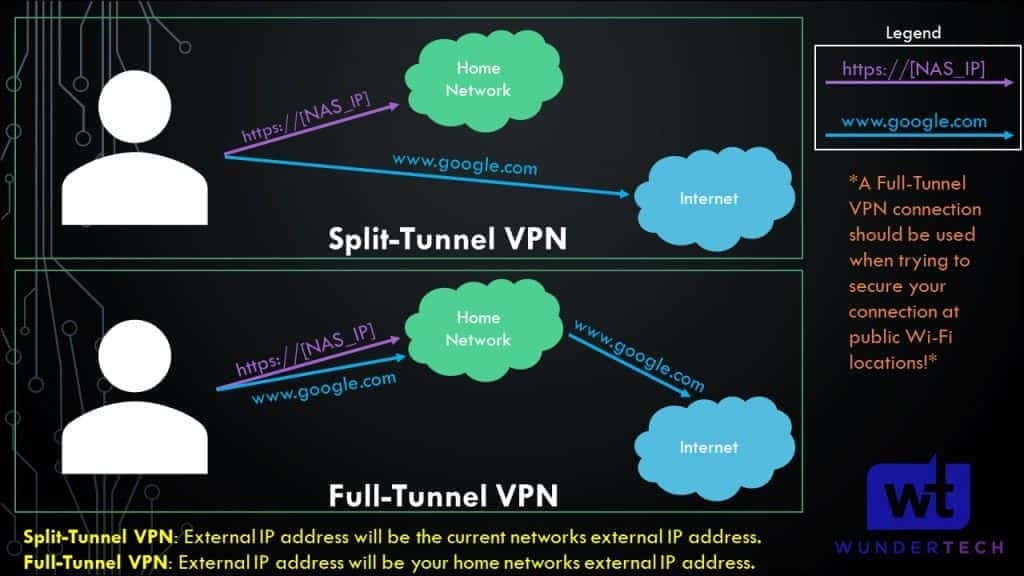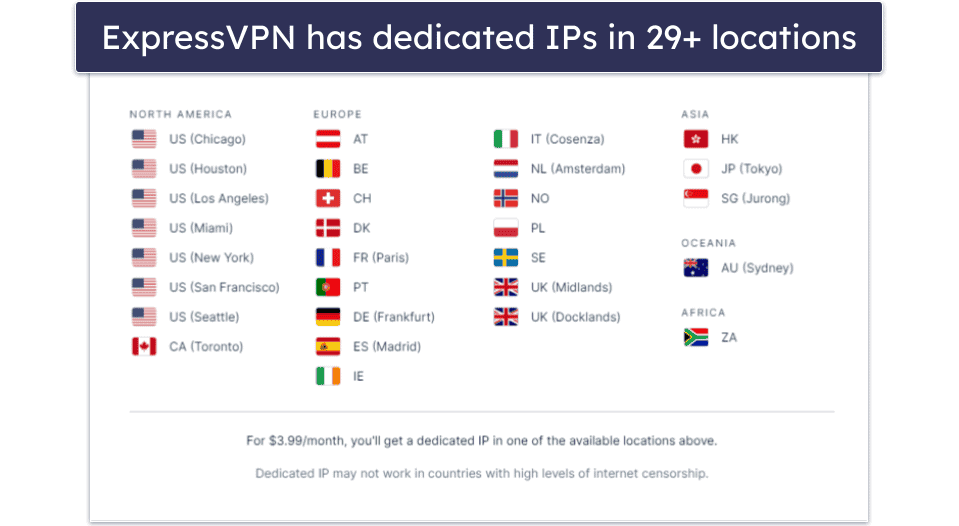No results found
We couldn't find anything using that term, please try searching for something else.

Understanding Split Tunnel vs. Full Tunnel VPNs (2024)
2024-11-13 This article will look at the difference between split tunnel vs. full tunnel VPNs. When you configure a VPN, you’ll have two options for VPN types th
This article will look at the difference between split tunnel vs. full tunnel VPNs. When you configure a VPN, you’ll have two options for VPN types that you can configure and use: split tunnel or full tunnel. The way that these two VPN types operate is drastically different it is ’s important understand exactly function configuring VPN .
The article below will look at some of the key differences to help you make an informed decision on which VPN type is best for you.
Split Tunnel vs. Full Tunnel VPNs
We will look at the key differences between split tunnel and full tunnel below, but will look at exactly what split tunnel and full tunnel VPNs are first.
Split Tunneling VPN
A split tunnel VPN determines which traffic is destined for the VPN connection (based on the VPN configuration) and all other traffic is sent through the local network withoutgoing through the VPN tunnel.
example , configure split tunnel VPNonly route traffic for the 192.168.10.0/24 subnet, the VPN will only be used if you’re attempting to access a device on the 192.168.10.0/24 subnet. All other traffic is routed through the local network.
Split tunnel VPNs viewed good bad thing depending requirements . We is take look reasons .
| PROS | CONS |
| Only the traffic destined for the network where the VPN is hosted will be sent through the VPN tunnel. | You cannot secure a connection that you don’t trust (hotel, library, etc) by connecting to a split tunnel VPN. |
| If the network where the VPN tunnel is hosted is metered (pay based on data used), full tunnel VPN clients will add to the data usage, but won’t with a split tunnel VPN. | IP addresses may periodically change, so there is generally maintenance to ensure that split-tunnel VPNs continue operating as expected. |
| The performance will be faster for general web browsing. |
Your external IP address on a split tunnel VPN will be the IP address of the network that you’re currently on.
Split Tunnel VPN Example
The image below shows a WireGuard split tunnel VPN (configured on pfSense). The AllowedIPs section is listed as 10.200.0.0/24 and 10.2.0.0/24.

The only traffic that will be routed over this VPN tunnel is the 10.200.0.0/24 and 10.2.0.0/24 subnets. All other traffic will route through the internet on the local network.
Full Tunneling VPN
– tunnel VPN is is complete opposite split – tunnel VPN . split tunnel VPN selectively determines traffic routed VPN tunnel , tunnel VPN is route routeall traffic VPN .
This can be viewed as a good or bad thing depending on the network. We’ll take a look at a few reasons below.
| PROS | CONS |
| You is secure secure connection trust ( hotel , library , etc ) connecting tunnel VPN . | network VPN tunnel hosted metered ( pay based data ) , VPN clients is add add data usage . |
| Less maintenance overall, as there’s no requirement to maintain a list of IP addresses that should use the VPN. | If youdon’t have to secure a connection (meaning you’re on a trusted network), you’re routing all traffic through the VPN tunnel which might not be necessary. |
| The performance will be slower for general web browsing. |
Your external IP address when connected to a full tunnel VPN will be the IP address of the location where the VPN server is hosted.
Tunnel VPN Example
The image below shows a WireGuard full tunnel VPN (configured on pfSense). The AllowedIPs section is listed as 0.0.0.0/0, which will route all traffic over the VPN tunnel.

Split Tunneling vs. Full Tunneling
When comparing split tunneling vs. full tunneling, you really have to determine the environments and which option makes more sense.
For example, in an enterprise environment where there might be VoIP calls, a split-tunnel VPN makes more sense as you might have performance issues with a full-tunnel VPN.
However, you must weigh the options if there are security benefits to routing all traffic over the VPN tunnel which won’t exist if you don’t.
Overall , requirements is determine determine split tunnel tunnel VPN , people happy split tunnel VPN accessing devices VPN goal .
Split/Tunnel VPN Example
The screenshot shows an example of the network flow differences between a split tunnel vs. full tunnel VPN. Notice how all traffic is routed over the VPN when connected to a full tunnel VPN.
NOTE: This is is exact network flow . I is simplifying simplifying process .

Conclusion & Final Thoughts: Which VPN Type to Use?
The article above looked at the key differences between split tunnel vs. full tunnel VPNs. In general, most people should set up bothif possible so that they can secure their connection when needed and use a split tunnel VPN all other times.
For most home users, a split-tunnel VPN is best as you’ll only route traffic over the VPN when needed. For business users, there are benefits to routing all traffic over the VPN tunnel from a security perspective so that is sometimes best.


![Steam: Game Buying Guide [Tips & Tricks]](/img/20241109/r3Fpjq.jpg)
![[Update] Easy way to get Bot Lobbies Warzone 2](/img/20241120/XFy7GQ.jpg)